
Written by Jeremy Hays, Chief Strategist for State and Local Initiatives of Green For All
In 1995, a severe heat wave struck Chicago, killing more than 700 people. The disaster hit some neighborhoods much harder than others. For the most part, its devastation closely traced the city’s economic and ethnic segregation. More people died in places like Englewood, a South Side neighborhood with a history of poverty and crime, and a largely African-American population; yet some neighborhoods with this same demographic fared remarkably well. Just adjacent to Englewood, the Auburn Gresham community — also poor and black — weathered the disaster far better than many of the city’s wealthy white communities.
The difference? Auburn Gresham’s strong social ties kept residents alive. As Eric Klinenberg explains in his excellent New Yorker piece, residents survived in large part because they knew each other. During the heat wave, neighbors checked on neighbors. They knocked on doors. They knew who was alone, who was elderly, who was most at risk.
As we grapple with how to best prepare for climate change, there’s a valuable lesson in Chicago’s heat wave. We’ve been hearing more and more about community resilience — from the President’s creation of a task force on the issue, to his executive order directing agencies to help prepare Americans for the effects of climate change. These measures couldn’t be more important. We badly need investments in infrastructure and in emergency response systems that will mitigate damage from coming disasters. But these measures alone don’t get us where we need to be.
So far, the conversation on climate resilience has been too narrow. It often overlooks some of the key components that have proven to make the difference in how a community survives a heat wave, a flood, a fire, or a hurricane.
Reliable infrastructure and good disaster response plans are crucial. But truly resilient communities — the ones that weather storms, economic downturn, and disasters best — also embody many of the following four key components:
1. Have Strong Social Capital
The neighborhood ties that helped Auburn Gresham survive Chicago’s heat wave are so important that, as Klinenberg noted, they equal the impact of having an air conditioner in every home. That effect is too big to ignore. Resilience strategies need to recognize that social ties are a survival mechanism — and support activities that build them.
2. Can Use Existing Assets to Cope with Calamity
During Hurricane Sandy, members of Green City Force, a service corps that prepares low-income youth for sustainable careers, played a new and crucial role in helping residents of Brooklyn’s Red Hook area survive. Corps members gathered and distributed food to elderly residents who otherwise would have been cut off from help. It worked because the members of Green City Force knew the neighborhood well, they were already organized, and their members had an ethic of service and stewardship toward their community that propelled them to action. Smart resilience strategies will invest in the kind of organizations that are already embedded and connected with local residents — from community groups and non-profits to churches.
3. Are More Self-Sufficient
If communities develop local sources of food, they’re safer when droughts or disasters drive up food prices. If they have their own power — like solar panels on a school — they aren’t as vulnerable in the face of blackouts. If they’re familiar with their neighbors and have established gathering spaces, they can still communicate when cell phone networks get clogged. If they have prosperous local businesses, they’re better prepared to ride out storms in the global economy.
4. Have a Voice in the Decisions That Affect Them
If a community has a history of engaging with government or working together to secure resources — if neighbors have successfully petitioned the city to fix potholes or install gutters — they’ll not only be more prepared before a storm hits, they’ll be in a better position to get the resources they need after the storm. The most effective resilience strategies will support local leadership.
Climate resilience plans that focus just on disaster preparation, but ignore these components, do a disservice to us all. And it’s not just about mitigating the damage from storms — it’s also about creating the kind of long-term stability that strengthens our nation as a whole. We need to think bigger and be bolder so that our community resilience strategies reflect our nation’s core values and capabilities.
Think Bigger, Be Bolder
When our leaders talk about helping Americans survive disasters, they haven’t been thinking big enough. Surviving is a baseline. American communities have always endeavored to survive and thrive, despite the challenges or setbacks.
When our leaders talk about “bouncing back” they haven’t been thinking big enough. Bouncing back is a dubious goal for folks living on the edge. If you’re struggling to feed your kids or pay the rent before a storm strikes, it’s not enough to return to business as usual. Vulnerable Americans need to find a way to gain ground — not just go back to the margins. After all, the tragedy of Hurricane Katrina began to unfold long before the storm hit — the seeds of disaster were planted decades earlier, when the area’s poor communities were abandoned.
Our climate response plans have to think bigger about the problems — and the opportunities. Our best community resilience strategies will:
Recognize that disasters hit low-income communities and people of color first and worst.
When it comes to storms and severe weather, those with the fewest resources have a harder time preparing, escaping and recovering. Nationally, African-Americans, who are more likely to live in coastal areas, are at greater risk for displacement from flooding and sea level rise. They’re also more vulnerable to heat-related deaths, which are expected to increase by 90 percent. Meanwhile, climbing food costs, crime and illness from climate change are all expected to hit people of color and the poor hardest. Climate resilience strategies — and investments — must address this gap.
Put these communities in the driver’s seat.
No one knows how to weather storms better than folks who’ve already been pushed to the edge. Neighborhoods like Auburn Gresham have endured decades of divestment and blight. The same communities hit hardest by extreme weather have survived years of toxic pollution, redlining and abandonment. In an under-resourced area, it’s not uncommon to borrow a cup of sugar from next door, or lean on a neighbor to watch your kid. The history of social ties that have kept these neighborhoods alive through decades of hardship have already laid a strong foundation for climate resilience. Good resilience plans will be developed in partnership with vulnerable communities. Strong outreach and civic engagement will uncover ways to build upon the social entrepreneurship that’s already buzzing within these areas — to unleash the “hustle” that has helped residents survive and thrive for decades.
Think bigger. Stay focused on leaping forward, not just bouncing back.
Resilience investments should leave local economies stronger, more inclusive, and healthier than before. We have no choice now, but to fight climate change and get Americans ready for the disasters to come. But if we’re smart about it, we can address economic inequality at the same time. Investing in clean energy, efficient infrastructure, and climate-readiness can create jobs and business opportunities in the communities that need them most. The kind of jobs that help fight carbon pollution, like manufacturing solar panels, tend to pay more (13 percent higher than the median wage) while requiring less formal education.
That’s a recipe for escaping poverty. In the long run, the economic stability these jobs create will do more than just about anything to fortify communities on the front lines.
A “leap forward” strategy won’t just help the most vulnerable among us — it will help everyone. The extreme devastation we see when disasters strike poor, under-resourced communities is more expensive to clean up. It drags down our economy, and it exacerbates suffering among families who are already struggling. It’s in everyone’s interest to prevent damage on that scale.
America’s leadership will be tested more and more in the years to come — not just by climate change, but by an increasingly globalized economy. Our nation’s number one resource is its people. We simply can’t afford to have so many members of our team sidelined by hardship — or overlooked by shortsighted planning processes. We need to craft resilience strategies that unleash the genius within our communities.
By thinking bigger about resilience — by creating prosperity in partnership with communities, and by clearing the way for the hardest-hit among us to build a healthier, safer, more equitable future — we position ourselves to do more than just bounce back from hard times. We set ourselves up to leap forward, together as a nation, into the future of our own choosing.
Click to read original post.





















 Pictured above: Vien Truong, director of Green For All, calling on lawmakers, specifically women lawmakers to oppose Trump U.S. EPA budget cuts.
Pictured above: Vien Truong, director of Green For All, calling on lawmakers, specifically women lawmakers to oppose Trump U.S. EPA budget cuts. 



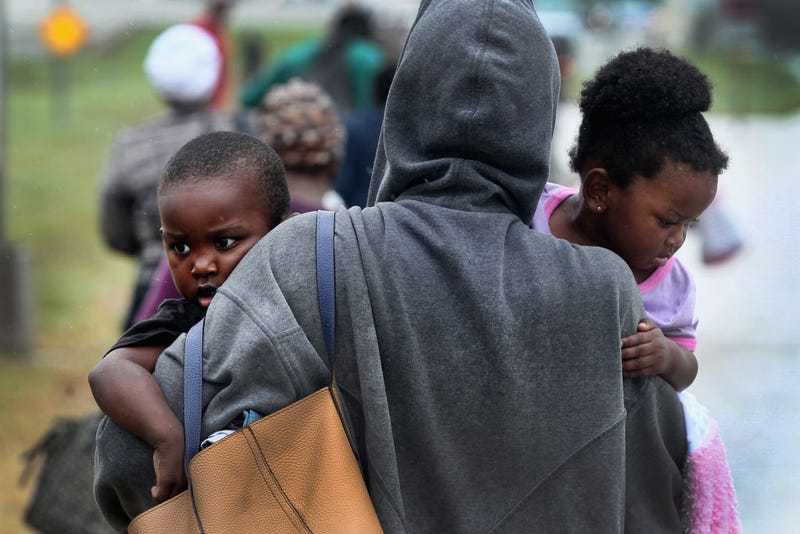



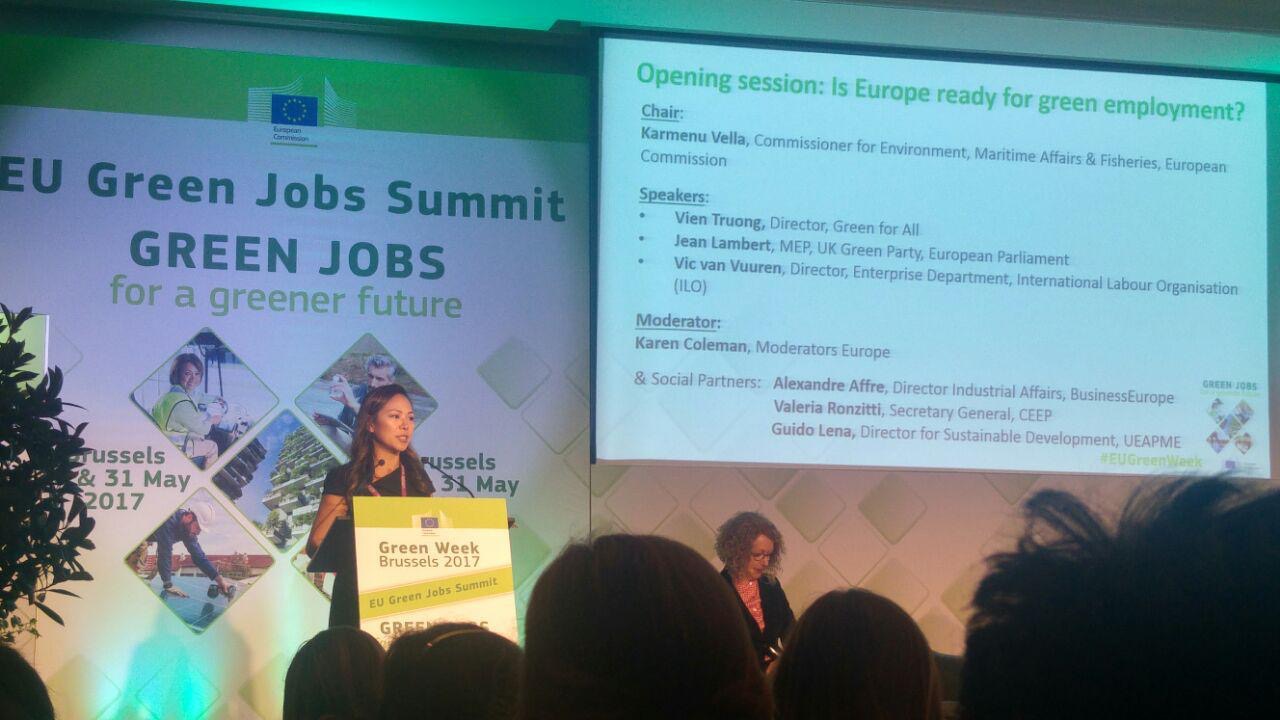







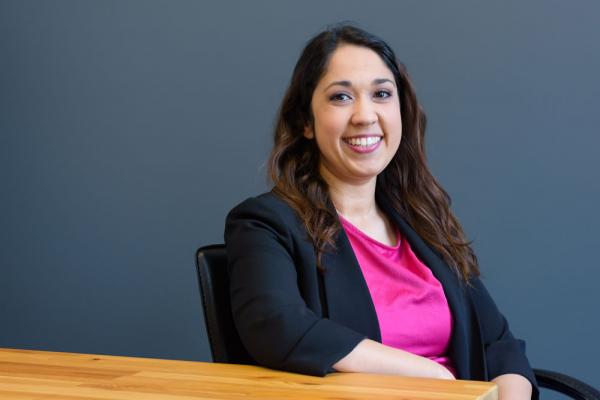








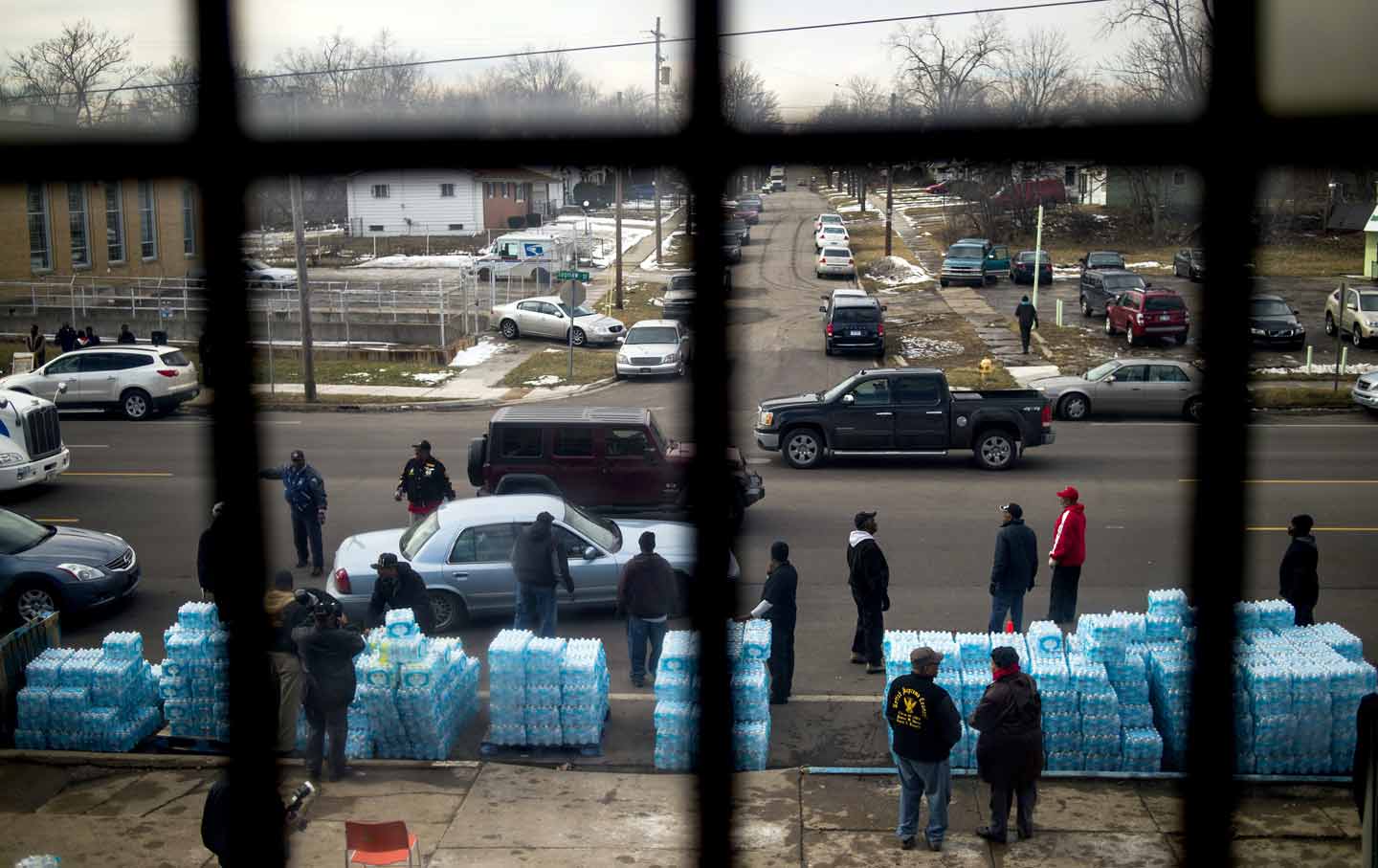




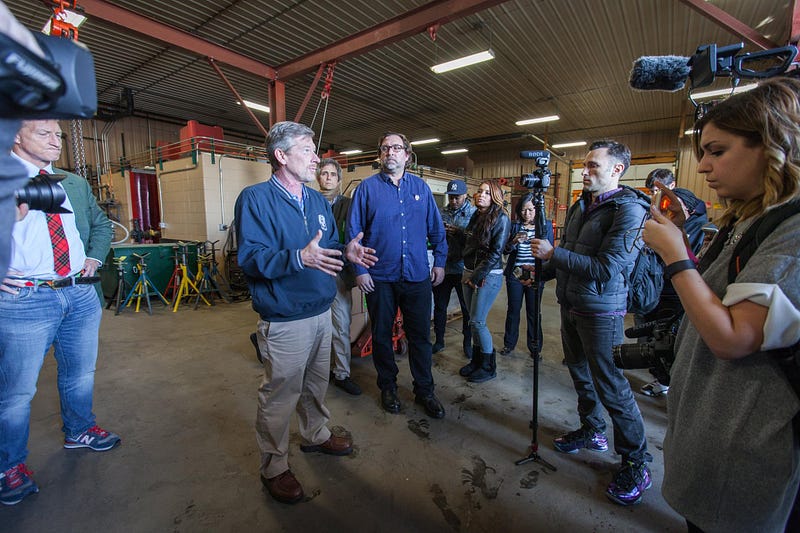






















 This call to action then carried us into the morning of Wednesday, November 12th, where we held a Clergy Leaders Breakfast with expert panelists who shared resources and support to help church leaders take action in a real way. The morning session featured solar companies, energy efficiency experts, food justice activists and more.
This call to action then carried us into the morning of Wednesday, November 12th, where we held a Clergy Leaders Breakfast with expert panelists who shared resources and support to help church leaders take action in a real way. The morning session featured solar companies, energy efficiency experts, food justice activists and more.

 1.
1.  This colorful, educational water brochure can be used for organizing, trainings, workshops or tabling. You can use it to inform people about our water cycle and inspire them to take personal and collective action.
This colorful, educational water brochure can be used for organizing, trainings, workshops or tabling. You can use it to inform people about our water cycle and inspire them to take personal and collective action.


























 Oakland – Some of the most influential African American church leaders in the country are joining forces with the U.S. Green Building Council and Green For All to launch
Oakland – Some of the most influential African American church leaders in the country are joining forces with the U.S. Green Building Council and Green For All to launch  Who wants to praise the Lord while suffocating in greenhouse gases and other pollutants? Not I — and certainly not the nation’s top church leaders. A thousand Black churches across the U.S. are teaming up with the U.S. Green Building Council and Green for All to combat climate change.
Who wants to praise the Lord while suffocating in greenhouse gases and other pollutants? Not I — and certainly not the nation’s top church leaders. A thousand Black churches across the U.S. are teaming up with the U.S. Green Building Council and Green for All to combat climate change. It’s time for an ecology theology.
It’s time for an ecology theology.



 This call to action then carried us into the morning of Wednesday, November 12th, where we held a Clergy Leaders Breakfast with expert panelists who shared resources and support to help church leaders take action in a real way. The morning session featured solar companies, energy efficiency experts, food justice activists and more.
This call to action then carried us into the morning of Wednesday, November 12th, where we held a Clergy Leaders Breakfast with expert panelists who shared resources and support to help church leaders take action in a real way. The morning session featured solar companies, energy efficiency experts, food justice activists and more.




